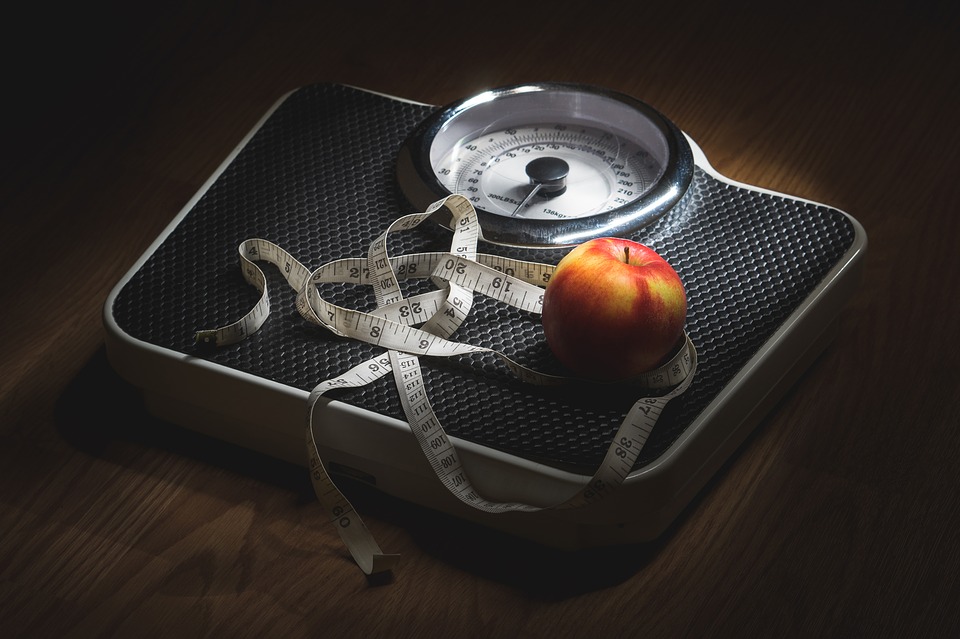
NEW YORK — It may seem like a contradiction, but more adults in the U.S. say they are exercising at the same time more of them are becoming obese.
About 24 per cent of adults last year said they exercise enough each week to meet government recommendations for both muscle strengthening and aerobic exercise, according to a large annual health survey. That was up from 21 per cent in 2015.
The same survey says 31 per cent of adults indicated they were obese last year, up slightly. Another, more rigorous government study has also found adult obesity is inching up.
So if more Americans are exercising, how can more also be getting fatter?
Some experts think the findings may reflect two sets of people — the haves and have-nots of physical fitness, so to speak.
“It’s possible the people becoming more active are already normal weight,” said John Jakicic, director of the University of Pittsburgh’s Physical Activity and Weight Management Research Center.
The numbers come from an in-person annual national survey that for more than 60 years has been an important gauge of U.S. health trends. Roughly 35,000 adults answer the survey every year, including questions about how often, how long and how vigorously they exercise in their leisure time.
The survey gives a good sense of trends, but it’s not perfect. People generally overstate how much they exercise, just as they overstate their height and lowball their weight, Jakicic said.
Ten-year-old federal recommendations say adults should do weightlifting or other muscle-strengthening exercise at least twice a week. They also advise adults to do at least 75 minutes a week of high-intensity aerobic activity, such as running, or 150 minutes of moderate-intensity exercise, such as brisk walking, or a combination of the two.
In a report being released Thursday, Centers for Disease Control and Prevention looked at survey responses from 2010 through 2015 and found that level of leisure-time exercise was more common in some states than others.
Nearly a third of non-elderly adults in Colorado, Idaho, and New Hampshire met exercise guidelines. Only about one-seventh in Mississippi, Kentucky and South Carolina did.
Higher levels of exercise were more common in people who were working than those who weren’t, the study also found.
Nationally, exercise levels were flat during the years covered by the CDC report. But more recent data show more adults said they were exercising at recommended levels in 2016 and 2017.
It’s not clear why, said Jena Shaw Tronieri, a University of Pennsylvania weight-loss expert.
One possibility: Many adults exercise to manage stress, and the last two years have seen increasing political and social turmoil.
“I don’t know if that will explain the increase recently, but we know those situational factors are part of the context,” she said.
Of course, unhealthy eating has a lot to do with obesity. Research indicates that “a change in diet is needed to see any dent or reduction in obesity,” said the CDC’s Tainya Clarke, one of the authors of the report.